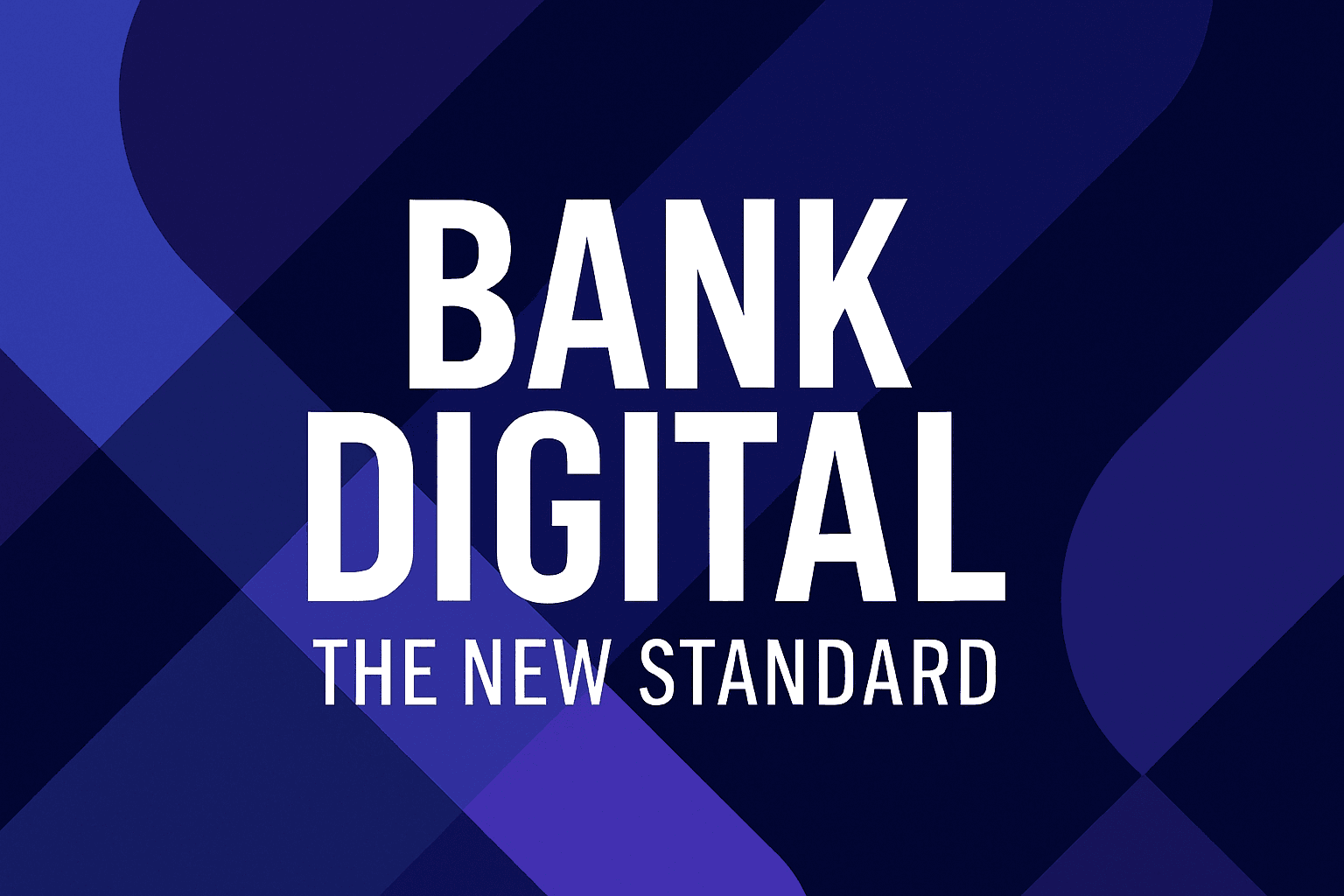Fintechreview
1M
336

Image Credit: Fintechreview
Bank Digital: The New Standard
- Banking has transitioned from physical branches to digital platforms, becoming the norm for users in managing their finances.
- Digital banking encompasses various online services like mobile apps, real-time notifications, and integrated platforms for a seamless experience.
- Neobanks, such as Monzo and Revolut, have reshaped banking with online-only operations, innovative features, and competitive pricing.
- Traditional banks like Barclays and Santander are leading the digital transformation by investing in digital channels and emerging technologies.
- Key features of modern digital banking include instant setup, biometric login, budgeting tools, investment platforms, and peer-to-peer payments.
- Security is a top priority, with measures like encryption, biometric verification, and regulatory compliance ensuring customer data protection.
- The future of digital banking foresees increased personalization, automation, AI integration, and embedded finance for convenient access across platforms.
- Voice banking, wearable tech integrations, and financial health scores are expected developments to enhance user experience and financial insights.
- Digital banking sets a new standard in financial management, requiring continuous adaptation to meet evolving technologies and customer demands.
- Transparency, security, and user-centric design will be key for banks to thrive in the ever-evolving landscape of digital banking.
Read Full Article
20 Likes
For uninterrupted reading, download the app